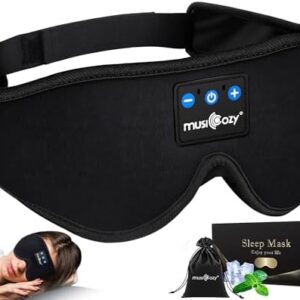When you’re in vacation mode, the last thing you want to think about is car sickness, that horrible, queasy feeling that strikes any time you hit the highway. About one in three people are super susceptible to motion sickness while traveling by car, airplane, or boat. (It can also happen on roller coasters, ski slopes, or when you strap on virtual reality goggles.)
Travel can make you feel sweaty and dizzy or cause a headache, nausea, and vomiting when there is a mismatch between what your eyes are seeing and the motion your brain is experiencing via the vestibular system, the set of fluid-filled canals and nerves in the inner ear that the body uses to sense where it is in space. “It can be worse in certain situations when the movements are more erratic or jerky, and worse when you have less control over your movement,” Sunana Sohi, MD, a board-certified gastroenterologist at Gastroenterology Health Partners in Louisville, Kentucky, tells SELF.
If that happens to you, the very best way to stop it is to take steps before you climb into your vehicle. (It’s nearly impossible to make it go away once you’re in the thick of it, the experts we spoke to said.) Here’s what to do to prevent car sickness before, during, and after getting on the road and to feel your absolute best when you get to your destination.
1. Do the driving yourself, or at least sit in the front seat
You may have noticed that you’re less likely to get carsick when you’re the one driving and controlling the car’s speed and movement. This holds true because when you’re in the front seat you’re closest to the road in front of you, the car’s motion is in your direct line of sight, and you can anticipate when movement is going to occur, explains Morgan A. Sendzischew Shane, MD, a clinical assistant professor in the division of gastroenterology and the medical director of the UHealth Comprehensive Women’s Health Alliance.
If you don’t love sitting behind the wheel (or you don’t have a driver’s license), position yourself where you have a clear eye-level view of the road and can keep your focus on the horizon, Dr. Shane tells SELF. This could be the front passenger’s seat or the back middle seat, she says. If you are on a plane or train, try to book a window seat for the same reason. Holding your head firmly against the seat back might help too.
2. Don’t look at your phone or read a book
If you tended to get carsick as a child, your parents probably told you not to read a book while traveling. That’s because a lack of visual information—the view outside your window—can make your symptoms worse. The same goes for scrolling through your phone or any other activity that disrupts your ability to look straight ahead and help your body figure out where it’s moving. If that sounds like a super boring trip, particularly if you are going to be in the car for hours, it doesn’t have to be—and finding a distraction can help your symptoms. This is a good time to catch up on an audiobook, your favorite podcast, or some Taylor Swift playlists.
3. Try some OTC or home remedies
As we mentioned, a LOT of people get carsick, so there are plenty of DIY things to try. There’s scientific research to support some of these more than others, but anecdotally, people often say they work. For example, sucking on ginger hard candy may help, as can over-the-counter nausea remedies. For example, Dramamine makes ginger lozenges that you can buy on Amazon for about $10 and anti-nausea pills that contain dimenhydrinate (about $8 for an eight-tablet pack) or meclizine (a non-drowsy formulation that’s about $4 for an eight-tablet pack). Both are FDA-approved antihistamines for motion sickness. (You can also buy meclizine in a product called Bonine; about $14 for 32 tables.) For some people, being prepared for the worst by stocking up on disposable vomit bags ($7, Amazon) can ease a bit of the stress of traveling.





